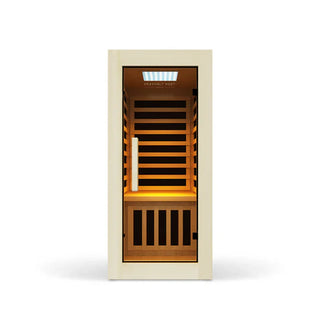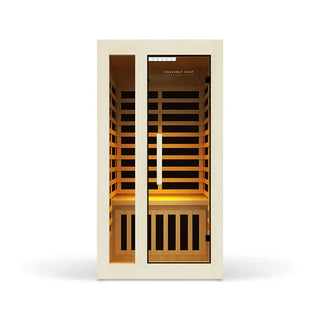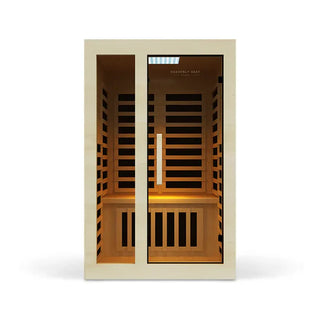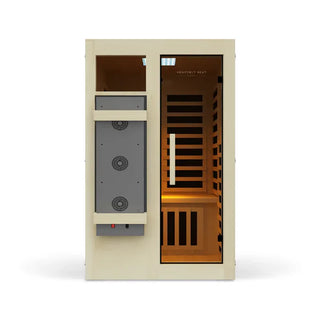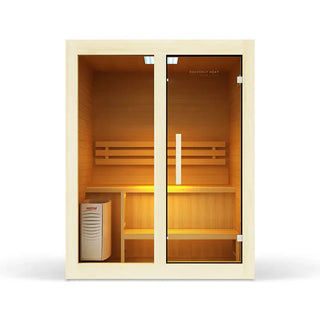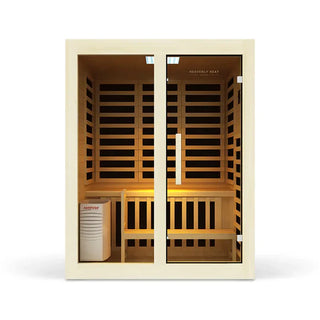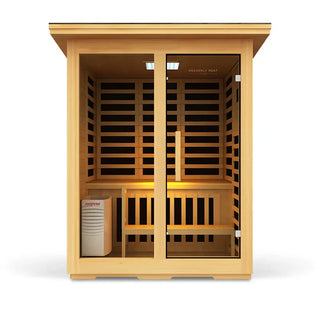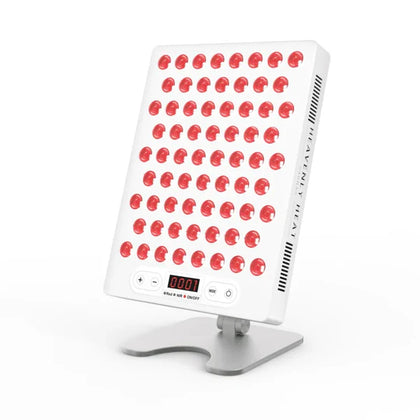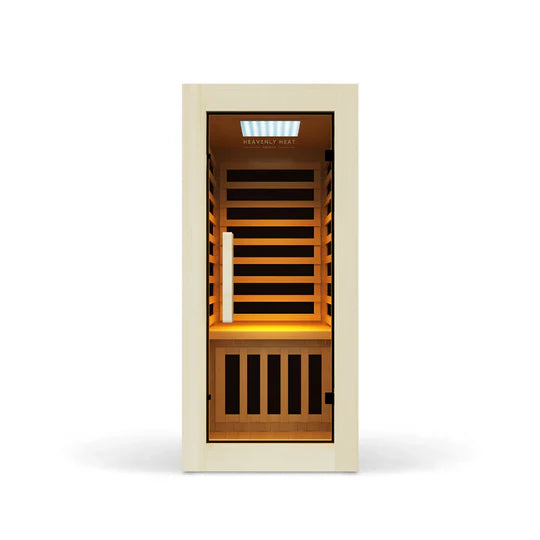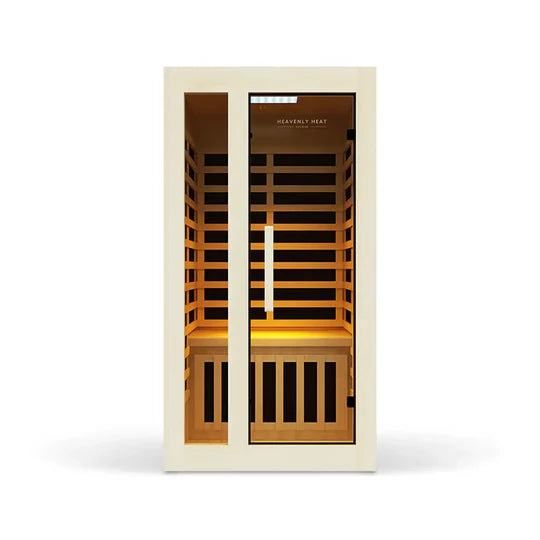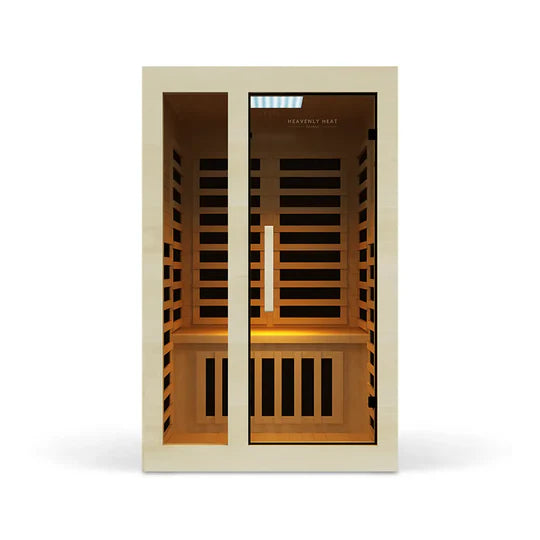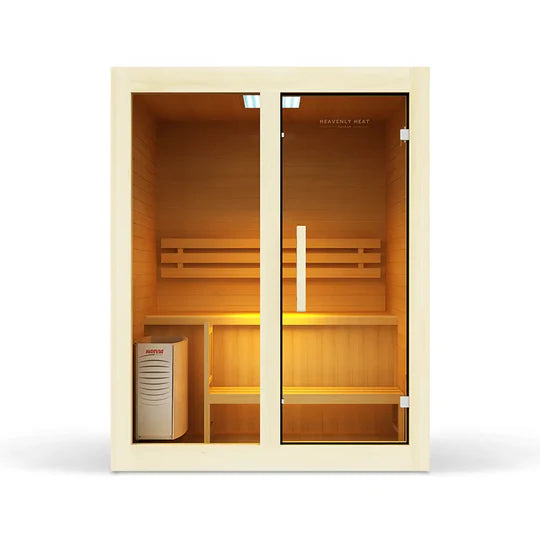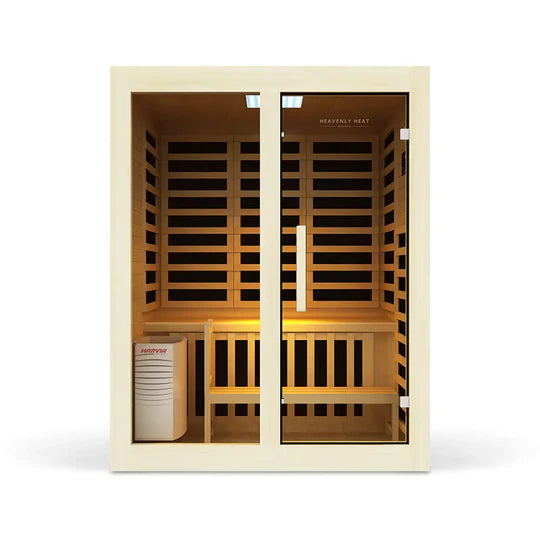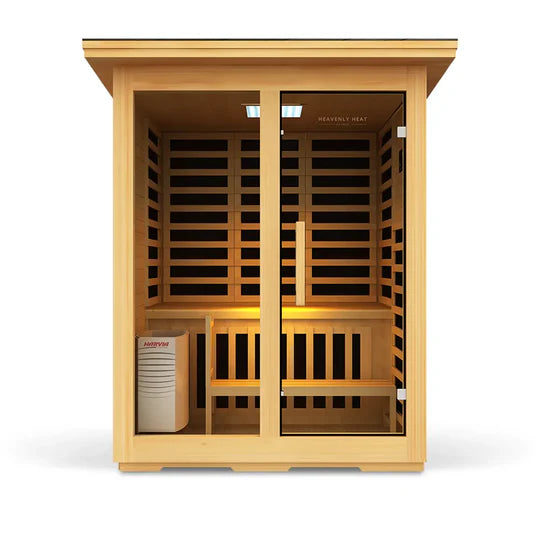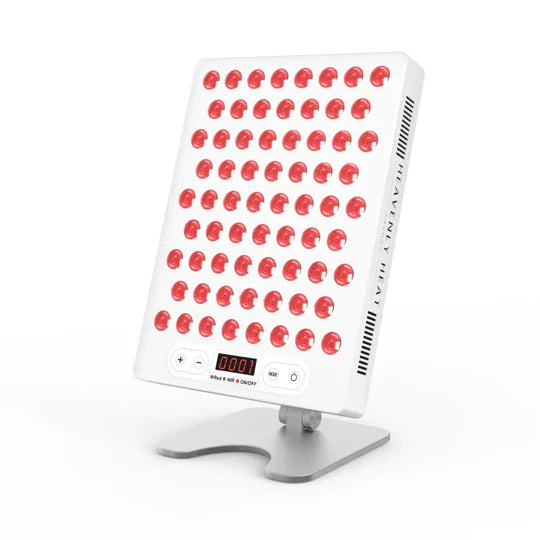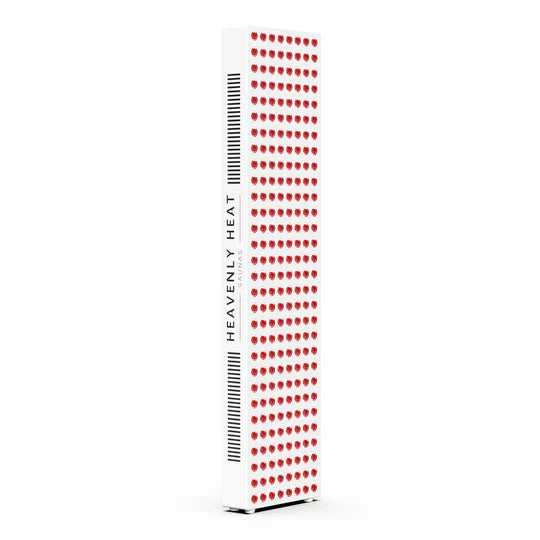Full Spectrum vs. Far Infrared Sauna: What's the Difference?

Picture yourself reaping the benefits of improved sleep, detoxification, pain relief, and relaxation, but you’re stuck wondering:
What’s the difference between full spectrum and far infrared saunas?
Choosing the right one can be overwhelming, but understanding their unique benefits and differences will help you make the perfect choice for your health and wellness.
Let us break it down!
What Is an Infrared Sauna?
- It uses light to warm your body, not the air around you: An infrared sauna works differently from a regular sauna, it heats your body directly using light instead of heating the air first.
- The heat goes deeper into your skin: This special light doesn’t just warm your skin surface, it gently heats you from the inside , offering a unique and often more comfortable experience.
- Most people can use it safely, but it’s smart to ask a doctor: Infrared saunas are safe for most users , but if you have any health issues, it’s best to check with a doctor before using one.
- It’s made with strong, heat-friendly materials: These saunas are built using wood, glass, and carbon , materials that hold in heat well and last a long time .
- You can choose the one that fits your needs: Not all infrared saunas are the same, different models come with different features , so you can pick one that suits your lifestyle or wellness goals.
- It might help you relax and feel better, but more proof is needed: Some studies say infrared saunas may help with relaxation, better blood flow, and other health benefits , though more research is still needed to be sure.
- More and more people are getting interested in them: The market for infrared saunas is growing fast, in the U.S. alone, it’s expected to grow by over USD 13 million between 2023 and 2028 , showing rising interest in their wellness effects.
Types of Infrared Saunas
Mid-Infrared Sauna
A mid-infrared sauna uses wavelengths that penetrate deeper than near-infrared but not as deep as far-infrared.
It’s ideal for improving circulation, easing joint pain, and providing balanced heat.
Its even warmth makes it a versatile option for both relaxation and muscle recovery.
Far-Infrared Sauna
Far-infrared saunas emit long wavelengths that reach deeper into your body than other types, promoting detoxification and muscle recovery.
Unlike traditional saunas, they heat your body directly, not the air, creating a comfortable and effective experience.
Portable Infrared Sauna
Portable infrared saunas are lightweight and easy to assemble, making them perfect for small spaces or travel.
They provide the same detoxifying and relaxing benefits as larger saunas, with the added convenience of portability.
Outdoor Infrared Sauna
Outdoor infrared saunas are weather-resistant and built for outdoor use, offering the same health benefits as indoor saunas.
They allow you to enjoy infrared heat while being surrounded by nature, making them unique for outdoor relaxation.
Indoor Infrared Sauna
Indoor infrared saunas are compact and designed for indoor spaces, perfect for homes without outdoor areas.
They offer the same detox and relaxation benefits while fitting seamlessly into your living environment.
Hybrid Sauna
A hybrid sauna combines traditional sauna heating with infrared technology in one unit.
You can switch between traditional heat, which uses steam or heated air, and infrared heat, which directly warms the body.
This setup allows users to experience the high heat of a traditional sauna or the deep-penetrating warmth of infrared, providing flexibility and multiple health benefits in a single sauna.
Personal Infrared Sauna Blanket
A personal infrared sauna blanket wraps your body in infrared heat, offering detoxification and relaxation benefits.
It’s portable, space-saving, and easy to use, providing a simple way to enjoy sauna therapy anywhere.
Key Differences Between Full Spectrum and Far Infrared Saunas
Infrared Wavelengths
- Full-spectrum saunas use all types of infrared wavelengths: They emit near, mid, and far-infrared waves, giving you a mix of benefits in one session.
- Far-infrared saunas use only one type of wavelength: These saunas focus only on far-infrared, which gives a deep and steady heat.
- The main difference is how many wavelengths they use: Full-spectrum gives a wider range of heat, while far-infrared gives a more focused warmth.
- What you choose depends on the kind of heat you want: Go for full-spectrum if you want variety, or far-infrared if you just want deep, targeted heat.
Depth of Heat Penetration
Far-infrared saunas reach deeper into your body’s tissues compared to full-spectrum saunas, which spread their heat across different levels.
This difference matters because far-infrared saunas provide a more intense, penetrating warmth, while full-spectrum saunas balance surface and deeper heating.
If you prefer concentrated heat for specific results, far-infrared is ideal.
For a balanced, all-around session, full-spectrum saunas work well.
Heating Time
Far-infrared saunas heat up faster because they only focus on one type of infrared, making them more convenient if you’re short on time.
Full-spectrum saunas take longer to heat since they operate across a wider range of wavelengths.
This difference matters because far-infrared saunas are great for quick sessions, while full-spectrum saunas, despite the longer wait, provide a more varied experience once they’re ready.
Choosing the Right Infrared Sauna for You
- If your goal is deep detox and fast results, far-infrared might be your match: If you’re looking for deep tissue penetration, efficient detoxification, and a quick warm-up time, a far-infrared sauna may be the perfect fit.
- If you want benefits for skin, muscles, and more go for full-spectrum: If you prefer a more versatile experience that includes near, mid, and far-infrared benefits, supporting everything from skin rejuvenation to muscle recovery, a full-spectrum sauna is worth considering.
- Whichever you choose, both help you relax and feel better overall: No matter which option you choose, both types of infrared saunas enhance relaxation and contribute to your overall well-being.


